The administration’s current pick for deputy director of the United States Census Bureau is Thomas Brunell. He is a political science professor outside of the Bureau and argues against “competitive elections.”
Danny Vinik and Andrew Restuccia, reporting for Politico:
Since 2005, he has worked at the University of Texas at Dallas, where his research and writing has focused on redistricting and voting rights cases. He has frequently advised states on redrawing their congressional maps. In his 2008 book, “Redistricting and Representation,” he argued that partisan districts packed with like-minded voters actually lead to better representation than ones more evenly split between Democrats and Republicans, because fewer voters in partisan districts cast a vote for a losing candidate. He has also argued that ideologically packed districts should be called “fair districts” and admits that his stance on competitive elections makes him something of an outlier among political scientists, who largely support competitive elections.
Hm.
I’m not familiar with Brunell’s research, but shouldn’t the pick for deputy director of the giant statistical, nonpartisan agency be, um, a statistician? Someone who is familiar with how the Bureau and its 5,000-plus employees function day-to-day?
Hm.

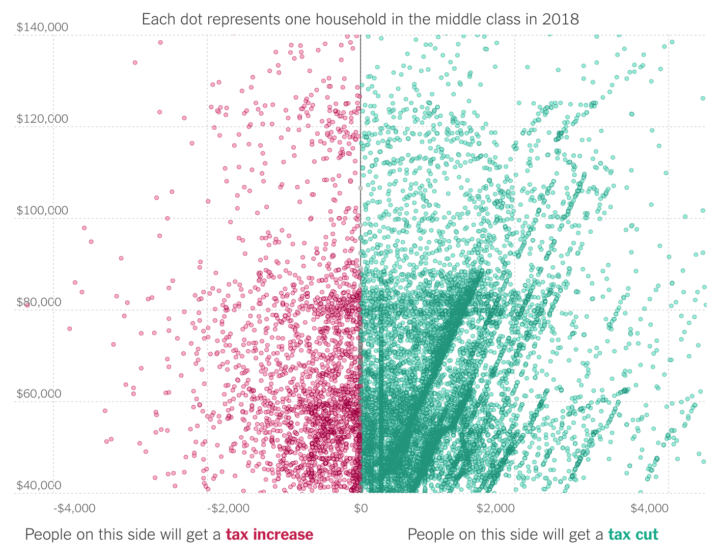
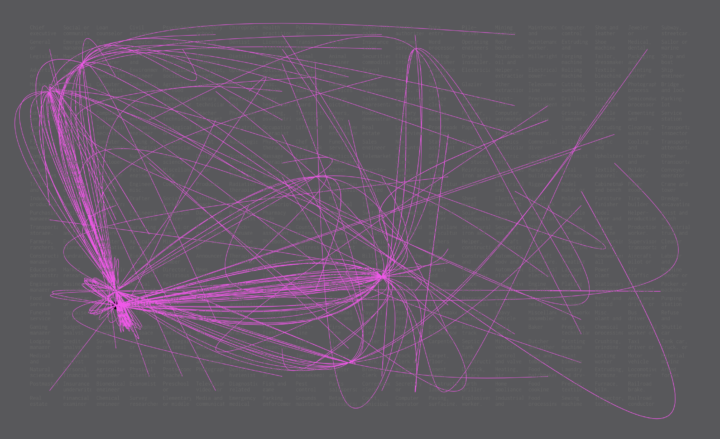


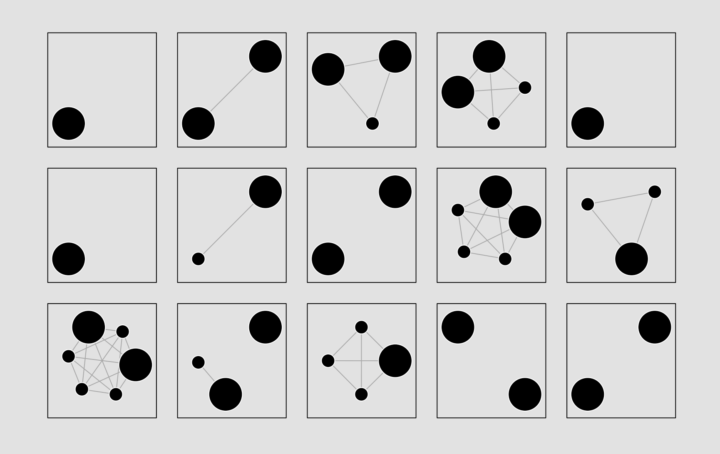
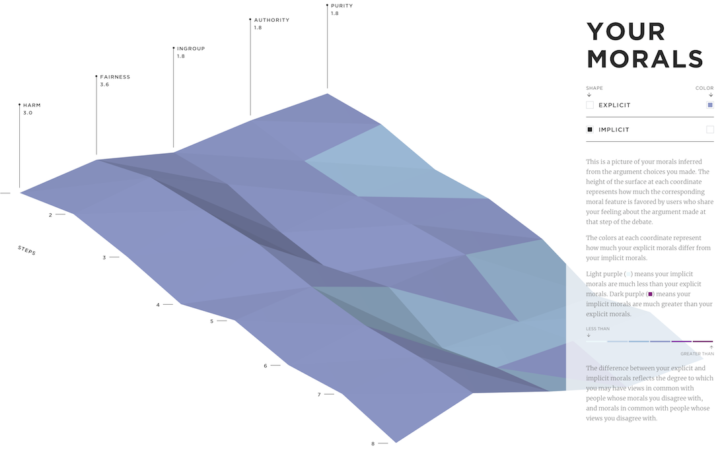

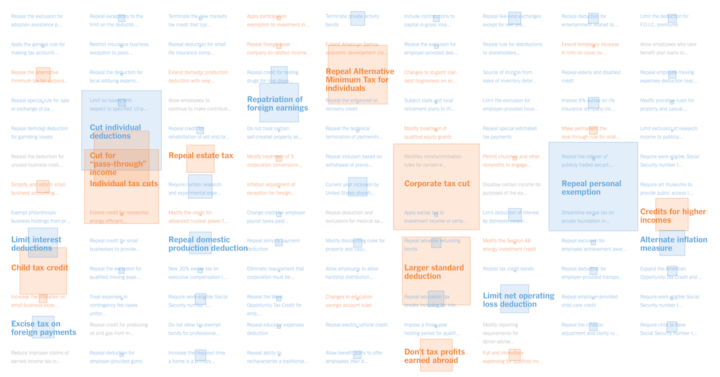

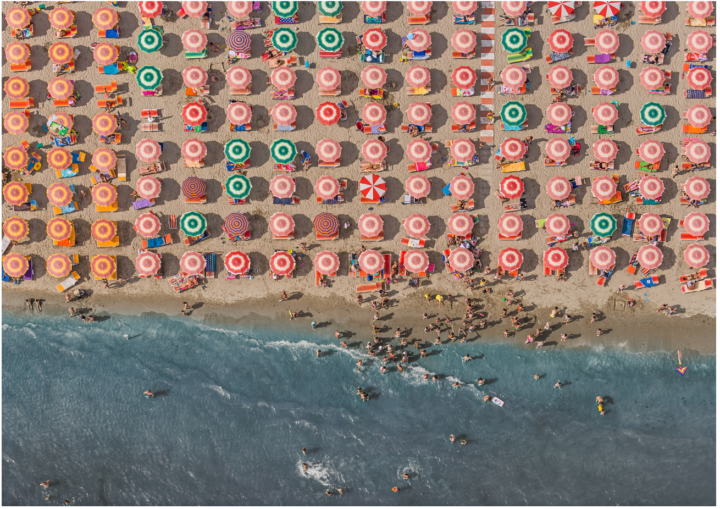

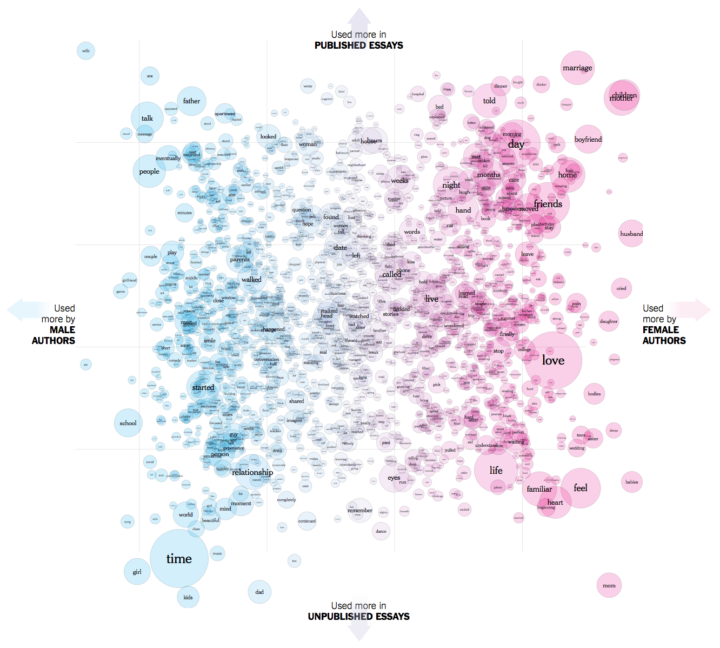
 Visualize This: The FlowingData Guide to Design, Visualization, and Statistics (2nd Edition)
Visualize This: The FlowingData Guide to Design, Visualization, and Statistics (2nd Edition)










